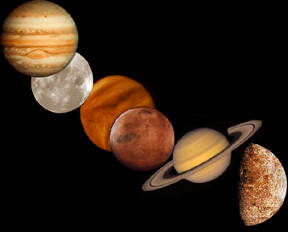Click on image for full size
Sketch by Lisa Gardiner
Digging Woolly Rhinos!
News story originally written on November 13, 2002
For days, scientists have been digging in an English quarry and so far they have dug the front half of a woolly rhinoceros out of rocks that are at least 30,000 years old. They expect that they will find the bones from the rear half of the extinct animal with a bit more digging!
Today rhinos are not woolly at all and they live in warm places like Africa, but during the last Ice Age (about 50,000 to 10,000 years ago), woolly rhinos lived in cold northern places such as England. Ancient humans living in Europe made paintings of woolly rhinos on the walls of caves that look like the picture on the left. There are no more woolly rhinos alive today. They became extinct about 10,000 years ago.
These woolly rhino fossils are really amazing because the skeleton is very complete and well preserved. The bones were not chewed and broken into pieces by predators like many other woolly rhino fossils. The fossils are so well preserved that there is even plant material still stuck to its teeth, giving clues to its last meal! “The reason it is so well preserved,” said paleontologist Andy Currant, “is probably because it froze immediately after it died and this stopped it being broken up.”
Since they started digging the fossil rhino, they have found in nearby rocks the fossils of three other rhinos and other large animals such as mammoth, reindeer, horse, and bison as well as plant and insect fossils.















